Landslides and flash floods are increasingly serious.
On May 13, the Ministry of Agriculture and Environment in collaboration with the Ministry of Land, Infrastructure, Transport and Tourism of Japan (MLIT) organized the "13th Vietnam - Japan Disaster Management Cooperation Dialogue" with the theme of sharing experiences and technology for measures to respond to landslides and flash floods.
At the workshop, Mr. Nguyen Truong Son, Deputy Director of the Department of Dyke Management and Natural Disaster Prevention and Control, said that natural disasters are becoming more extreme, with higher frequency and more severe impacts. In Vietnam, with 70% of the terrain being hills and mountains, along with the extreme impacts of rain and storms, landslides and flash floods are becoming increasingly serious, causing great damage to people's lives, property and livelihoods.
The terrible flash flood in Nu village (Phuc Khanh commune, Bao Yen district, Lao Cai ) wiped out the village, killed 60 people and left 7 missing.
"We certainly cannot forget the severe damage caused by storm No. 3 in September 2024 in the northern region of Vietnam. This was the strongest storm in 30 years in the East Sea and in the past 70 years to make landfall in Vietnam. The storm's circulation caused heavy rain over a large area in 26 provinces and cities in the northern region, causing severe floods, landslides and flash floods. As a result, 345 people died and went missing, nearly 2,000 people were injured, nearly 400,000 houses were damaged and flooded, hundreds of thousands of hectares of crops and aquaculture areas were damaged, with total estimated damage of over VND81,800 billion. Therefore, investing resources as well as raising people's awareness in preventing and responding to this type of natural disaster is one of the priorities of the Vietnamese Government ," said Mr. Nguyen Truong Son.
This year marks 13 years since the Ministry of Agriculture and Environment of Vietnam (formerly the Ministry of Agriculture and Rural Development) and MLIT signed a cooperation agreement on enhancing the capacity of the two countries in disaster risk management, irrigation management and water-related climate change adaptation solutions.
At the event, Mr. Nguyen Truong Son expressed his gratitude to the Government of Japan, especially the Ministry of MLIT and the Japan International Cooperation Agency (JICA) for supporting Vietnam in the pilot implementation of the SABO dam - the first project to prevent and control mudflows and landslides in Vietnam. The project was completed in April 2025 in the Nam Pam stream basin, Muong La district, Son La province - an area frequently affected by flash floods and landslides. However, this is a pilot dam, built individually on a small scale, so it will be difficult to fully promote its effectiveness. It is necessary to build a synchronous SABO dam system on the Nam Pam river basin as a model for Vietnam to evaluate its effectiveness.
"We hope that the Japanese Government, the Ministry of MLIT and JICA will continue to support Vietnam in perfecting this model so that we have enough basis to consider and mobilize resources to invest in replicating the SABO dam project in other areas with similar risks," said Mr. Nguyen Truong Son.
AI artificial intelligence applications
Speaking at the workshop, Mr. Shin Ishikawa - Secretary - Minister of Land, Infrastructure, Transport and Tourism of Japan said: The workshop will exchange opinions on the specific and very timely topic of "landslip prevention measures" within the framework of "strengthening cooperation in the field of natural disaster prevention".
Sharing at the workshop the overall picture of flash floods and landslides in Vietnam, Ms. Dang Thi Huong, Deputy Head of the Department of Natural Disaster Response and Overcoming, Department of Dyke Management and Natural Disaster Prevention and Control, informed that the Northern and Central mountainous regions are two regions of Vietnam that are frequently affected by flash floods and landslides. In the period from 2015 to 2024, in the Northern and Central mountainous regions, on average each year, flash floods and landslides cause 79 deaths and missing people. Flash floods and landslides are also one of the main causes of human losses in the region.
“The main cause of flash floods and landslides is the high, steep terrain that is strongly fragmented. In addition, the complex geological structure, dense river and stream systems, as well as extreme heavy rain in a short period of time also cause flash floods and landslides,” Ms. Dang Thi Huong analyzed. Therefore, experts believe that in the coming time, Vietnam needs to increase investment and construction of works to prevent flash floods and landslides, warning systems at locations at very high risk of flash floods and landslides, concentrated residential areas, and important infrastructure works. At the same time, it is necessary to control the planning and construction of infrastructure works in high-risk areas. Organize the relocation, arrangement, and placement of residents in areas at high risk of flash floods and landslides, along with livelihood activities for people. At the same time, it is necessary to improve the capacity to forecast and warn of heavy rain, especially extreme rain in a short period of time; Build zoning maps, flash flood and landslide risk maps at village and hamlet levels to serve planning, population arrangement and response when situations arise.
“Installing rain gauge sensors and rock movement sensors in high-risk areas as well as building an early warning system combining warning devices and digital technology, applying artificial intelligence AI will also support in responding to flash floods and landslides,” said Ms. Huong.
Along with that, Vietnam needs to continue to strengthen cooperation with countries in the region and international organizations, research agencies on warning technology, natural disaster forecasting models. At the same time, encourage businesses to participate in providing technology solutions and warning equipment suitable for local realities.
At the workshop, Mr. Takao Yamakoshi, Ministry of Land, Infrastructure, Transport and Tourism (MLIT), Japan introduced and shared about the Early Warning System, Risk Mapping and Raising Awareness of Sedimentary Disasters in Japan.
Source: https://cand.com.vn/Xa-hoi/uu-tien-dau-tu-canh-bao-som-lu-quet-sat-lo-dat-i768263/



![[Photo] Hungarian President begins official visit to Vietnam](https://vphoto.vietnam.vn/thumb/1200x675/vietnam/resource/IMAGE/2025/5/27/ab75a654c6934572a4f1a566ac63ce82)

![[Photo] Hungarian President and his wife take a walk and enjoy the view of Hoan Kiem Lake](https://vphoto.vietnam.vn/thumb/1200x675/vietnam/resource/IMAGE/2025/5/28/b9c83fbe6d5849a4805f986af8d33f39)
![[Photo] Vice President Vo Thi Anh Xuan, French President Emmanuel Macron and his wife visit Hanoi University of Science and Technology](https://vphoto.vietnam.vn/thumb/1200x675/vietnam/resource/IMAGE/2025/5/27/267b6f2bdf3e46439f081b49f6ec26b1)
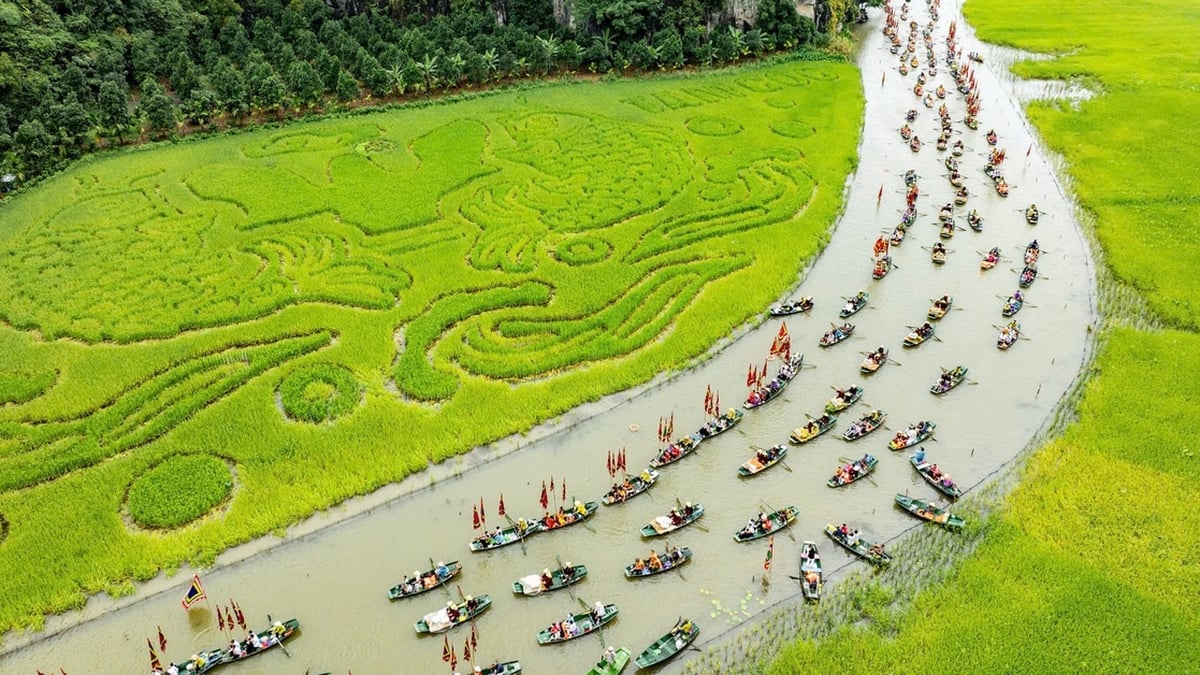















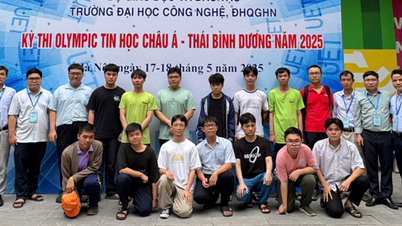
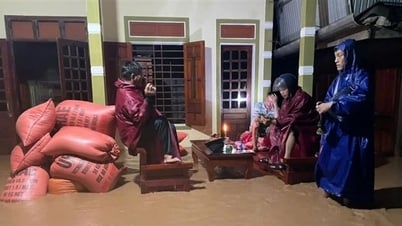


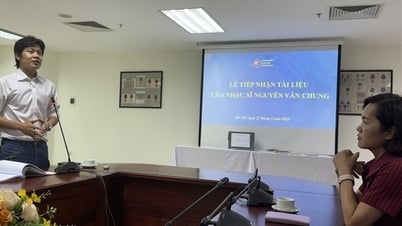























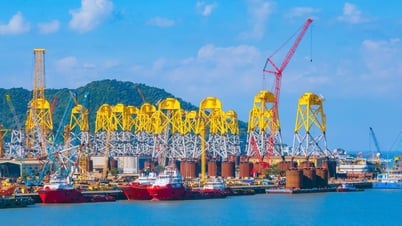




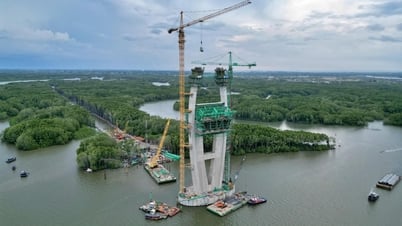



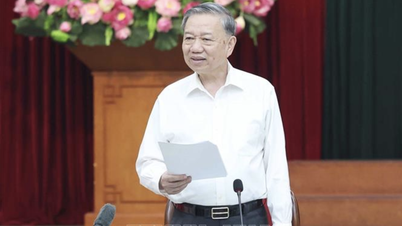



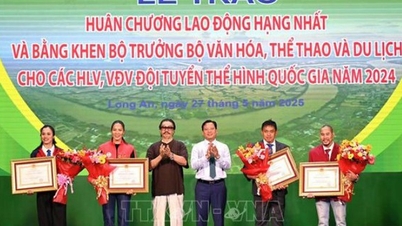





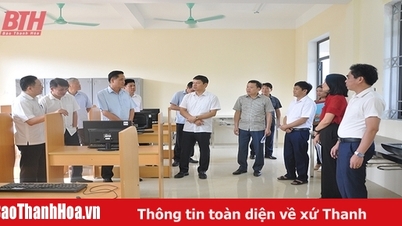

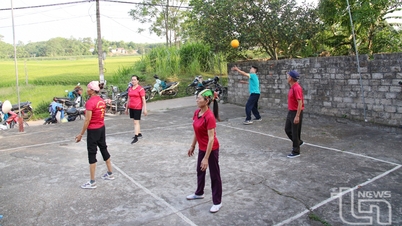



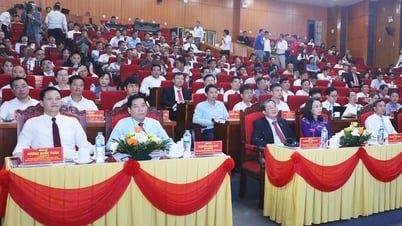


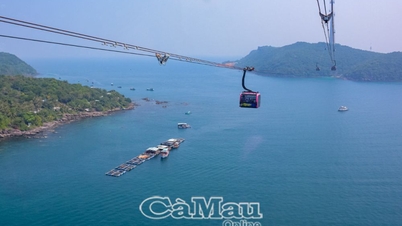











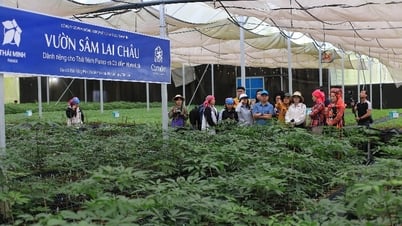

Comment (0)